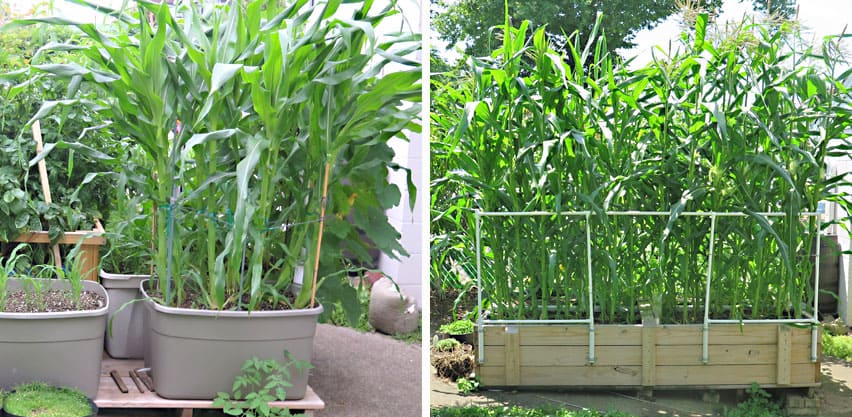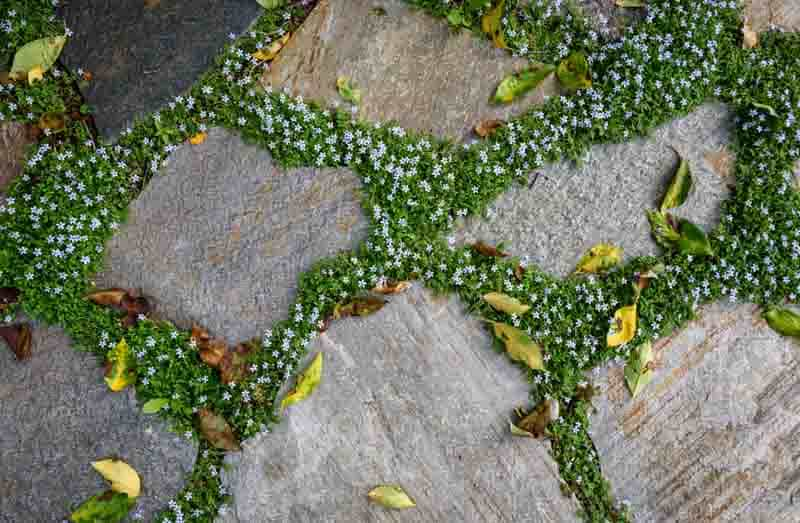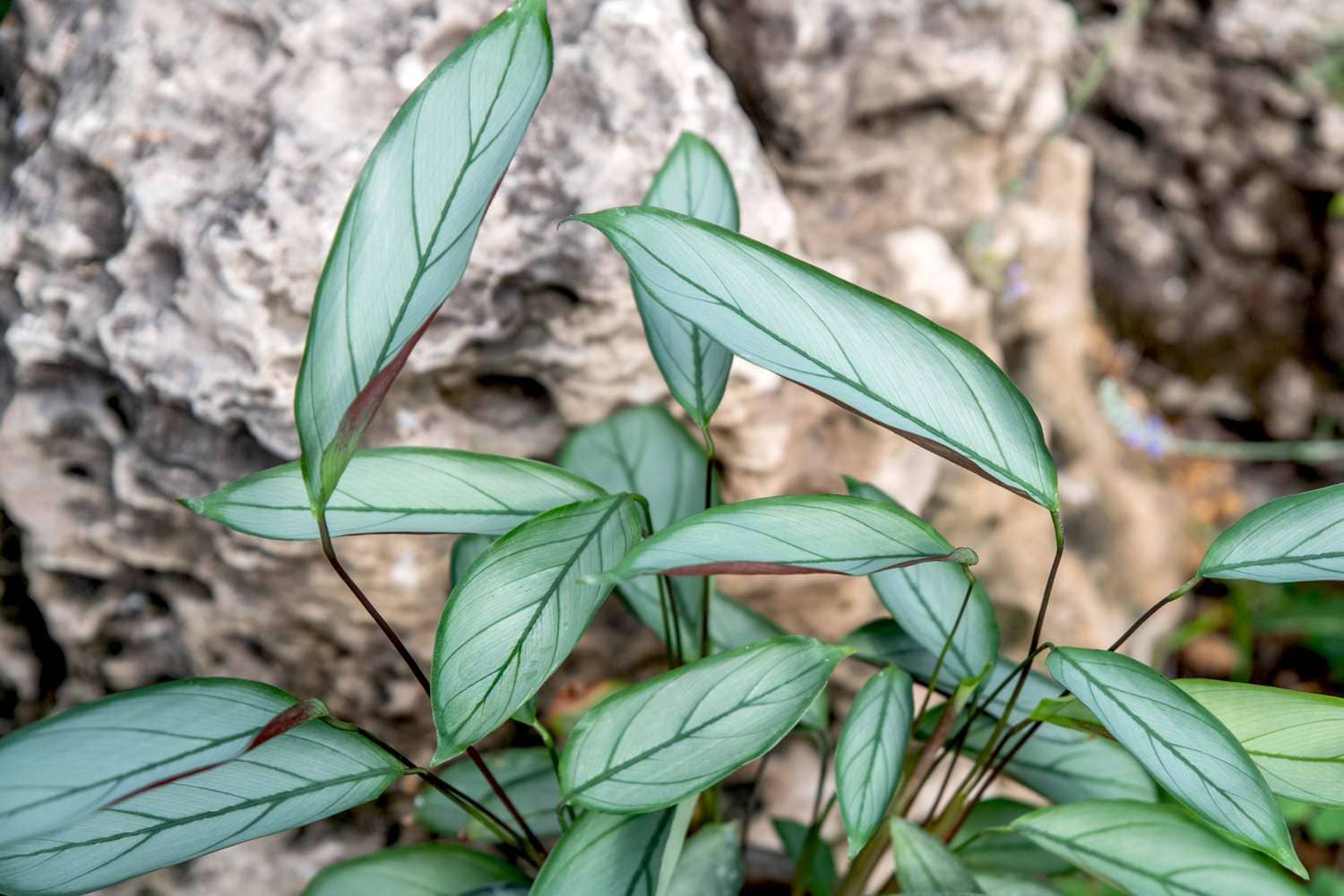Introduction
In recent years, raised bed gardening has become a popular and efficient method for cultivating various crops, including the beloved corn. If you’re looking to elevate your corn-growing game, consider the benefits of a raised bed garden. In this comprehensive guide, we will delve into the nuances of cultivating corn in a raised bed, unlocking the secrets to a bountiful harvest.
The Advantages of Raised Bed Gardening for Corn
1. Optimal Soil Conditions
In a raised bed, you have complete control over the soil composition. This means you can create the perfect environment for corn to thrive. Well-draining soil with a rich blend of compost ensures that your corn plants receive the nutrients they need without the risk of waterlogging.
2. Improved Drainage
One of the common challenges in traditional gardens is poor drainage. Raised beds eliminate this issue, preventing water accumulation and root rot. This is particularly crucial for corn, as excess moisture can hinder proper root development.
Selecting the Right Corn Varieties
1. Dwarf Corn Varieties
In a confined space like a raised bed, choosing dwarf corn varieties is a strategic move. These compact plants are not only space-efficient but also easier to manage, allowing you to maximize your yield in limited square footage.
2. Early-Maturing Corn
Consider opting for early-maturing corn varieties to ensure a quicker harvest. This is advantageous, especially in regions with shorter growing seasons. Sweetcorn varieties that mature early are not only a delight for your taste buds but also a smart choice for efficient raised bed gardening.
Planting and Spacing
1. Optimal Spacing for Corn Plants
Proper spacing is crucial for ensuring each corn plant receives adequate sunlight and nutrients. In a raised bed, aim for a spacing of about 12-18 inches between corn plants. This ensures optimal air circulation and prevents overcrowding, promoting healthier growth.
2. Companion Planting Strategies
Enhance the overall health of your raised bed garden by incorporating companion plants. Plants like beans and squash can complement corn, creating a symbiotic relationship known as the Three Sisters planting method. This ancient technique maximizes space utilization and nutrient absorption.
Nutrient Management
1. Balanced Fertilization
Maintaining a balanced fertilization schedule is key to the success of your raised bed corn garden. Utilize organic fertilizers rich in nitrogen, phosphorus, and potassium to support robust growth. Regularly monitor soil nutrient levels and adjust your fertilization approach accordingly.
2. Mulching for Moisture Retention
In the elevated environment of a raised bed, moisture retention can be a challenge. Apply a thick layer of organic mulch around your corn plants to conserve moisture, suppress weeds, and regulate soil temperature. This simple yet effective practice ensures your corn plants remain hydrated and healthy.
Pest Control Measures
1. Natural Predators and Beneficial Insects
Harness the power of nature to combat pests in your raised bed. Encourage the presence of natural predators and beneficial insects like ladybugs and predatory beetles. These allies help keep common corn pests, such as aphids and earworms, in check without the need for harmful pesticides.
2. Companion Planting for Pest Control
Strategically planting herbs like basil and marigold alongside your corn serves as a natural pest deterrent. The aromatic compounds emitted by these plants repel pests, creating a protective barrier around your precious corn crop.
Harvesting and Storage Tips
1. Timely Harvesting
Knowing the optimal time to harvest your corn is crucial for flavor and texture. Keep a close eye on the silks, and when they turn brown, it’s a sign that your corn is ready for harvest. Ensure a timely harvest to enjoy the peak sweetness of your corn cobs.
2. Proper Storage Conditions
After a successful harvest, it’s essential to store your corn properly to maintain its freshness. Remove the husks and store the cobs in a cool, dry place. Consider freezing or canning for long-term preservation, allowing you to enjoy your homegrown corn throughout the year.
Conclusion
Mastering the art of growing corn in a raised bed garden requires attention to detail and strategic planning. By optimizing soil conditions, selecting the right corn varieties, and implementing effective pest control measures, you can ensure a successful harvest year after year. Elevate your gardening experience with the advantages of raised bed cultivation and savor the unparalleled taste of homegrown corn.





